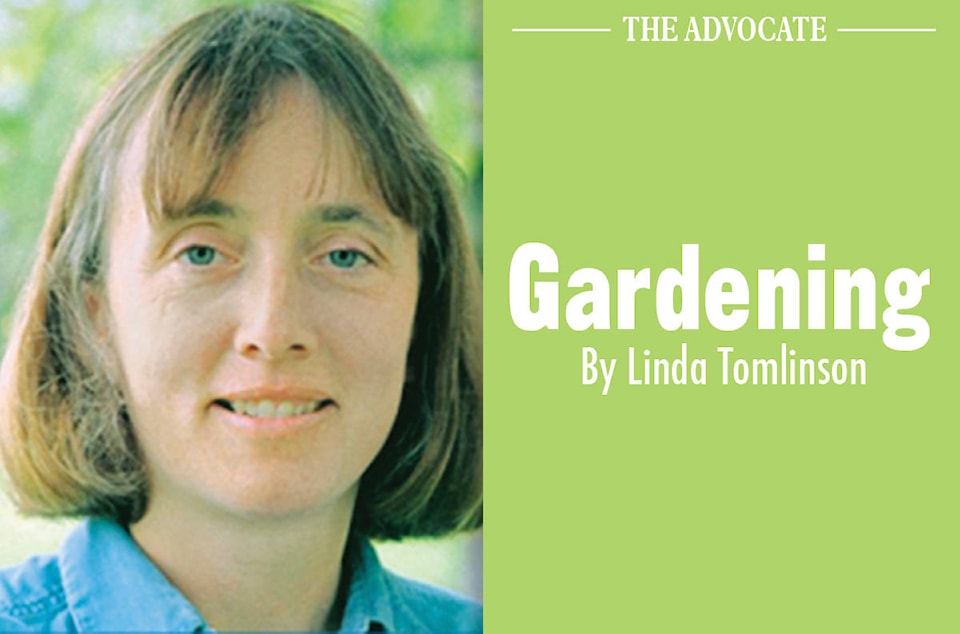Greenhouses, garden centers and box stores are set to start selling bedding out plants at the end of the month. When heading out to purchase plants take the following into consideration.
Unless the plants are outside in direct sunlight when purchased, they will need to be hardened off. This is a process of taking the plant outside, and leaving it there for a few hours a day and taking it back inside helping it to acclimatize to the heat, lack of humidity and the cool temperatures. Each day the plant should be placed outside for a longer period of time until it is it stays outside. Taking a plant directly from the greenhouse where the humidity is high and the heat set to grow the plant as fast as possible to a cool outside environment will set the plant back, stopping growth for a period of time.
Each place that sells bedding-out –plants is unique. Some of the greenhouses seed and grow their own plant materials. Others seed and bring in cuttings or plugs as it saves them the cost of heating a greenhouse for a month during the cold winter. Others bring in all their material from outside sources. Not all establishments have the capacity to look after the plants once they arrive.
It is hard to compare prices of plants as they come in a variety of different sized pots or cell paks. A rule of thumb is that the larger the container, the more expensive the plant.
Paks that have indentations for plants dictate the number of plants per container. The same sized container can have 4, 6 or 9 compartments. Seeds or plants are placed in the center of each compartment making sure that plants are separated from each other. At planting time, any plant can be removed without disturbing the other plants.
Always compare the size of top growth to the size of container. Smaller compartments allow for more plants but the plants are usually small or too large and rootbound; roots wrapped around the inside of the container. Small plants in small containers are quick to transplant and adapt quickly to their new environment. Likewise larger plants in larger containers also transplant easily without any set back as the roots are not overgrown and do not need to be disturbed. These plants produce an instant garden.
Roots that are growing around the inside of a container need to be cut or torn apart when they are transplanted, encouraging them to grow into surrounding soil. If the roots of a rootbound plant are left intact it will continue to grow in a circle, not into surrounding soil. The plants will not thrive as they have little access to nutrients.
Any number of seeds can be planted in an open flat bottomed container. The roots of these plants will be ripped when they are separated for planting. Damage to the roots sets the plants back slightly but disturbing the roots also insures that the roots spread into the surrounding soil.
Plants should have foliage from the top to the bottom. Ones that are minus their bottom leaves were either grown to close together or lacked water at one time causing the leaves to die.
Take time and look at a number of different plant outlets when purchasing garden plants. Enjoy the experience.
Linda Tomlinson is a horticulturalist that lives near Rocky Mountain House. She can be reached at your_garden@hotmail.com
